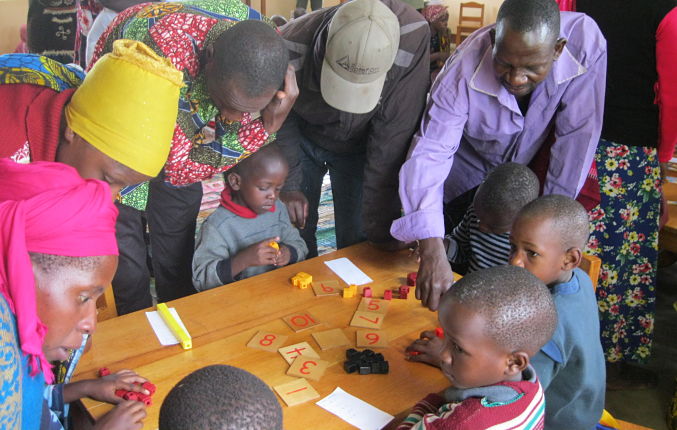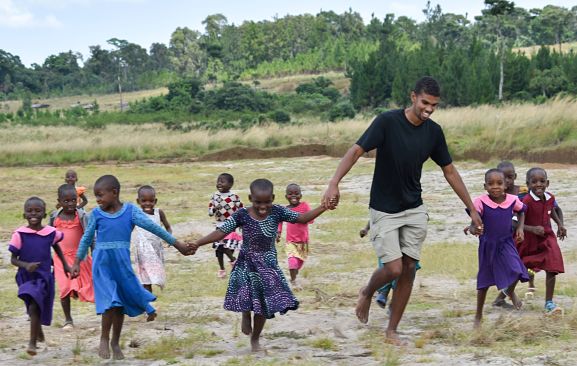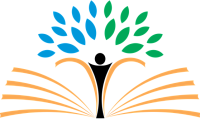Our school program emphasizes community engagement, strong academics coupled with a focus on the whole child, small class sizes, and a sensible approach to language and language instruction. Our goal is for every student who graduates from Twegashe Primary School to have the foundation they need to reach their full potential and make a positive contribution to their community.
Community
Community is central at Twegashe School. The school campus is located on a 15-acre site donated by Bushasha Village, and the motivation for a new primary school using English as the language of instruction came from the community. All village children are eligible for admission regardless of family income, and families without children already in the school are given priority. We are sharing resources with the local government school when possible, and teachers there are very grateful for the reduction in class sizes that has resulted since Twegashe began operation. Twegashe parents are encouraged to be involved in their childrens’ education. Parents have demonstrated their support through an active volunteer group and also through financial donations.
Academics
Twegashe emphasizes strong academics coupled with a focus on the whole child. Class sizes are limited to thirty students, and teachers use a wide range of teaching methods, aiming to engage students in learning and to promote critical and creative thinking. Twegashe kindergartners are learning through a modified Montessori approach, using materials donated by one of our U.S. volunteers. Twegashe students are encouraged to express their ideas and opinions as a means toward increasing their understanding and their self-confidence. This approach to teaching is not common in Tanzanian schools, so our teachers are provided with extensive training.
Twegashe Primary School is following the Tanzanian government curriculum, but with significant enrichment. Our goal is for every graduating student not only to pass their national exams, but to have the foundation they need to reach their full potential and make a positive contribution to their community.
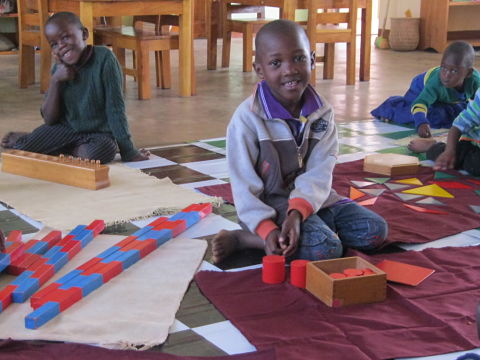
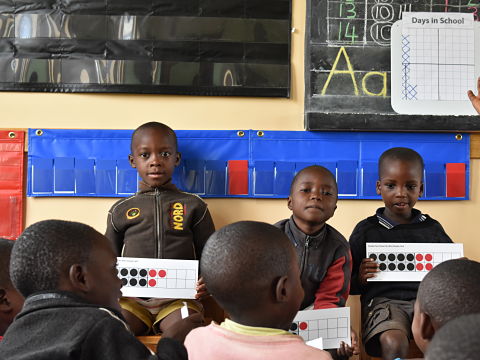
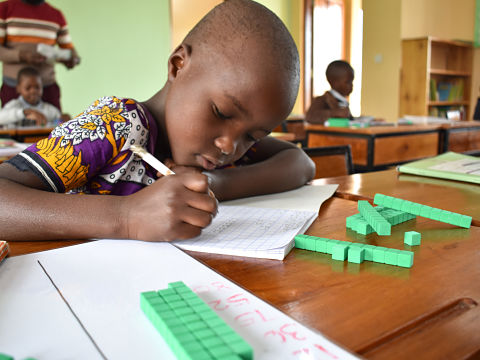
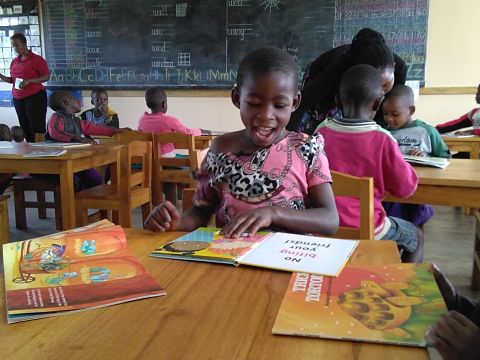
Language
Kindergartners in Bushasha arrive at school knowing only their mother tongue, Kihaya. At most primary schools in Tanzania the national language, Kiswahili, is taught in the early years and used as the language of instruction through Grade 7. English is not introduced at all until students reach the higher primary grades. When students arrive at secondary school they are suddenly thrust into English-medium instruction and struggle to learn high-school-level content in a language they barely understand.
Twegashe teachers use English as the target language and language of instruction beginning in kindergarten. Kiswahili is introduced as a target language in Grade 2. Our aim is to provide children with a strong background in English that will help them to be successful in secondary school, while also ensuring competence in the national language, Kiswahili, which is vital for active participation as Tanzanian citizens. Additional English exposure is provided by U.S. volunteers and also through an exchange of letters with sponsors in the U.S.
Arts & Culture
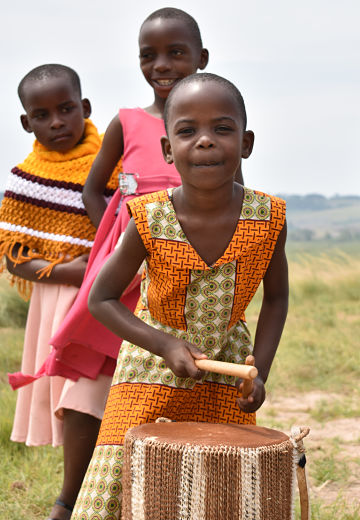
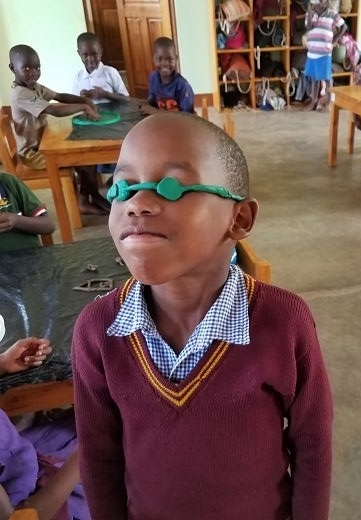

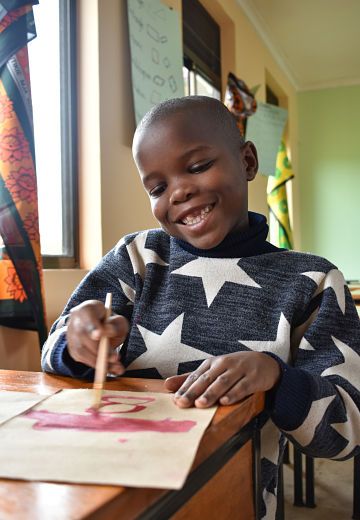
Arts instruction, valuable in its own right, can also help children succeed in other academic areas, developing motor skills, language skills, risk-taking and creativity. All Twegashe classes participate in visual arts and music activities regularly. Students participate in activities such as traditional music and dance, craft projects, and oral history projects to help instill pride in their local culture. Twegashe students develop a better understanding of other cultures through contact with volunteers from abroad. We are working to develop sister school relationships that will provide additional cultural exchange opportunities.
Health & Agriculture
Twegashe Primary School works in partnership with the local clinic and with families to ensure that all students are healthy. In addition, we provide children with a nutritious breakfast and lunch daily so that empty stomachs do not interfere with children’s ability to learn. The school promotes public health through the curriculum and we also intend to provide occasional public health education programs for the community at large.
We’ve planted fruit trees and established a vegetable garden on the school site, which parents are helping to maintain. A donation of several goats by a Twegashe parent initiated our livestock program. These agricultural projects provide hands-on learning for students and are helping the school move toward self-sufficiency. Villagers have voted to add to Twegashe’s initial fifteen acres of land to provide more space for agriculture to feed the students. These agricultural projects also allow us to promote positive farming practices in the local community.
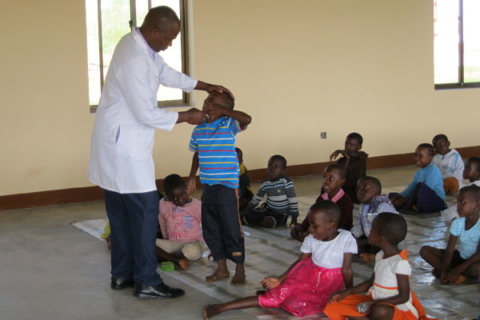
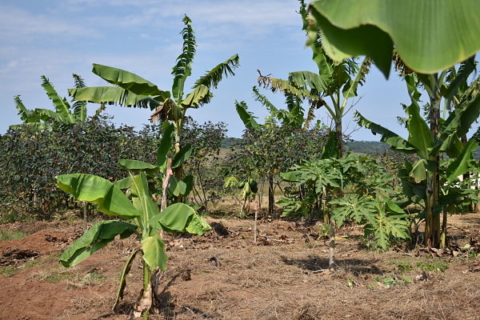
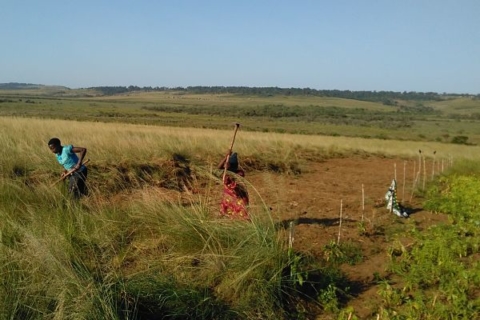
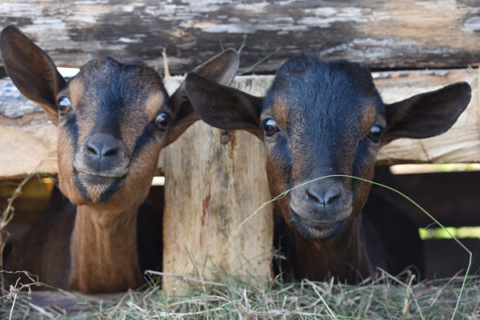
Environment
Twegashe School is committed to environmental sustainability. The school building is powered by solar energy and we plan to eventually pump water using solar power. Toilets at the school and in the teachers’ houses are “microflush biofil toilets”. These toilets use only a cupful of water to flush. A worm-based composting system digests the waste, rapidly converting it to compost that can be safely used on the garden.
We are currently using propane as a healthier alternative to firewood. Our school layout leaves dedicated space near the kitchen for a biodigester so that when our agriculture program has grown to include livestock we’ll have the option to use biogas instead of propane for cooking. We also promote environmental sustainability through the curriculum and through occasional school-sponsored programs aimed toward the wider community.
School Construction
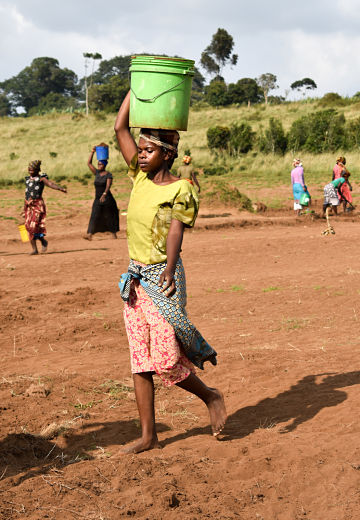
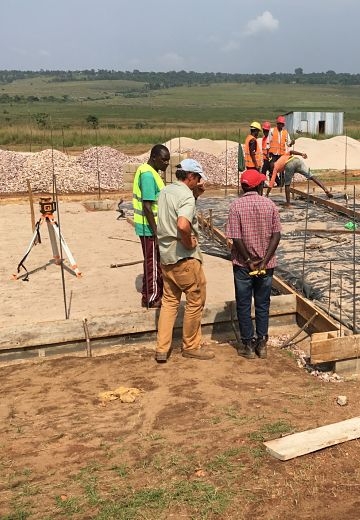
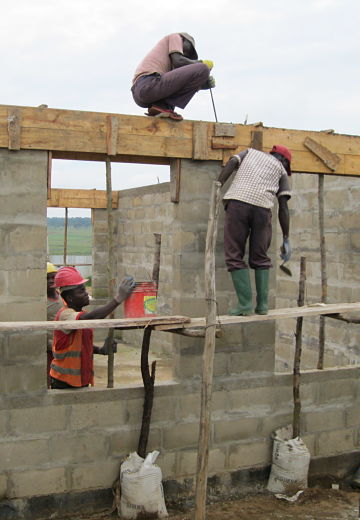
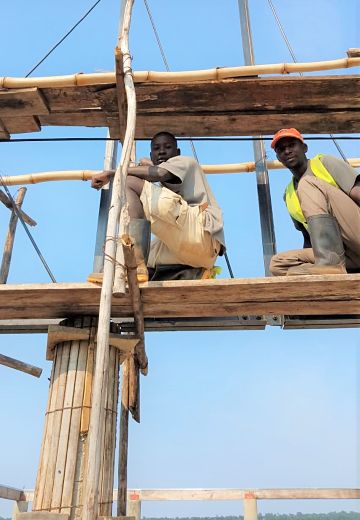
The first phase of construction—four classrooms, staff offices, kitchen/cafeteria, latrines, water supply, housing for five teachers, and a solar power system for the school buildings and teacher’s houses was completed in 2021, and provides the infrastructure for four years of operation, taking the first class of kindergartners through Grade 3. We began the second phase of construction in April 2022, adding five additional classrooms, a library, administrative offices, and more teacher housing. We are committed to involving village labor as much as possible in school construction and to having these laborers benefit by learning skills that they can use in the future.
The Phase 1 construction design process was led by volunteer architect Marc Oplinger and a team from Gensler, a global design and architecture firm, through their G-Serve community outreach program. Volunteers from Swenson Say Faget structural engineering provided the required structural analysis. Marc has continued to spearhead Phase 2 design with new team members Evan Chakroff, Zenifer Macalino, and Jessica Wenger.

